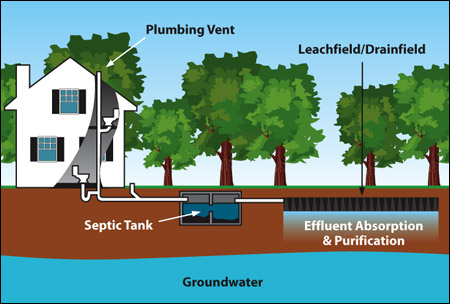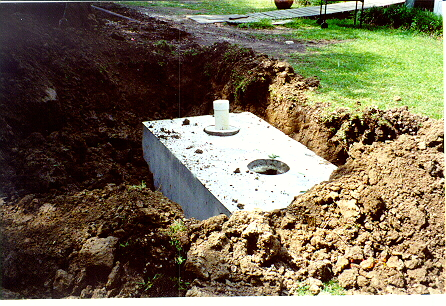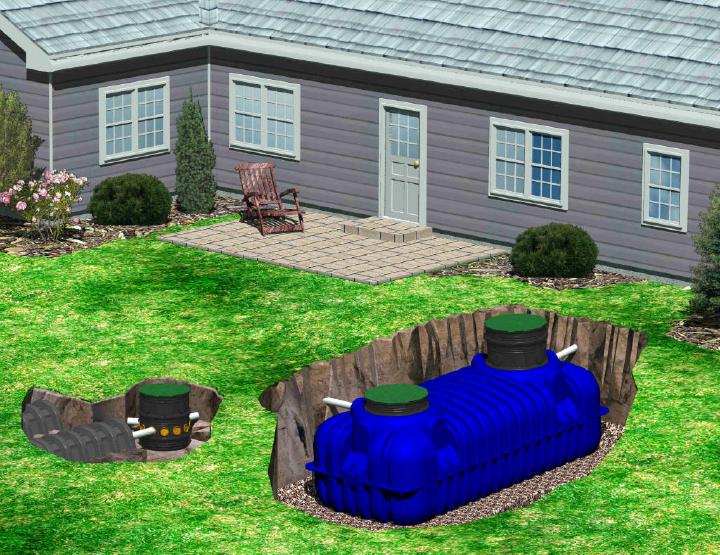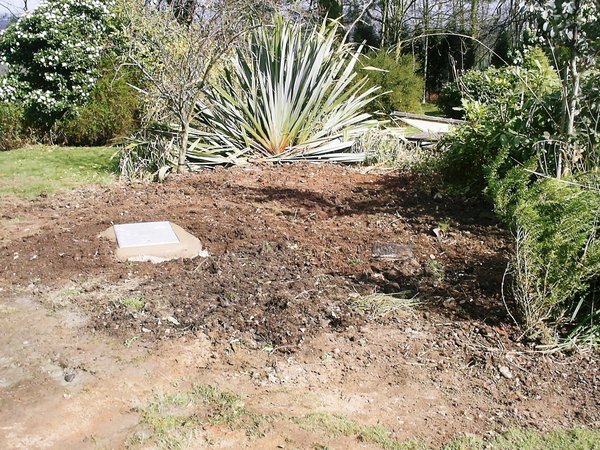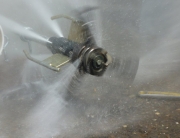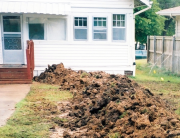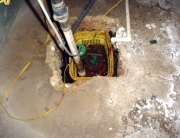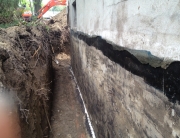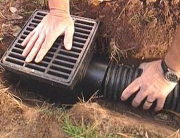Waste elimination. It’s an inexorable fact of daily life, but no one wants to talk about it.
When it comes to your home, though, waste elimination is a topic that simply can’t be ignored. Maintaining or upgrading an existing septic system, or installing a new one, is one of the most important tasks faced by homeowners.
But getting the right person or company to do that work can be a challenge. It requires some research and homework about the type of septic system you have, along with learning the requirements of general maintenance and what’s involved in installing a new system.
The first step in the research is to know your own system.
There are several basic types:
- Sand filter system. This is the most common septic system in most homes. It’s normally used in yards with very shallow soil, with a layer of sand between the pump tank and the drainage field treating the waste water before it enters the system. The sand makes up for lack of soil normally used to treat waste.
- Mound system. This type of system is also used when yard soil isn’t deep enough for a traditional system. A sand-filled mound is raised over the natural soil, with waste water treated as it travels through sand into natural soil.o Gravity-based system. In this type of system, gravity is used to drain waste water into a series of trenches. The drainage field for the waste water must be below the level of the septic tank, and the bottom of trenches must be 3-4 feet below the water table. The soil above the water table is used to treat waste water before it returns to the environment.
- Pressure distribution system. This system is normally used when the soil depth is insufficient to accommodate a gravity-based system, with a pump distributing waste water evenly throughout the drainage field.
- Aerobic system. This is the most unconventional design, one that is usually installed in sensitive environments. It works with a water-tight tank that contains an aeration chamber, with bacteria in the chamber used to break down waste and produce cleaner water.
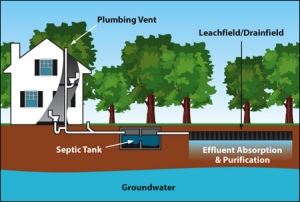 Whether you’re upgrading or putting in a new system, installation is based largely on the type of system you have or want. In a gravity-fed system, plans should include exact information about the downhill flow of the system. A hole is excavated that’s large enough to set a tank into the ground, with drain rock inserted around the pipe. Once the excavation and installation is performed to specifications, a health inspector approves the project.
Whether you’re upgrading or putting in a new system, installation is based largely on the type of system you have or want. In a gravity-fed system, plans should include exact information about the downhill flow of the system. A hole is excavated that’s large enough to set a tank into the ground, with drain rock inserted around the pipe. Once the excavation and installation is performed to specifications, a health inspector approves the project.
In an alternative systems, a pump chamber is installed after the septic tank. The plan for these kinds of systems include the layout of all sewers and the location and depth of all tanks, along with the routing and depth of pressurized effluent lines and other parts such as the drainage field. A tank is installed accordingly, then covered once the inspector gives final approval. To make sure the work gets done right, make sure you work with an experienced, reputable septic system contractor. Set a budget, and be aware of pricing for whatever work you’re having done. Be prepared to pay extra fees for emergency septic cleaning and system repair.
We can help you assess the septic tank installation or repair costs by calling us at 604-306-1321 or by filling in the form to the right.

